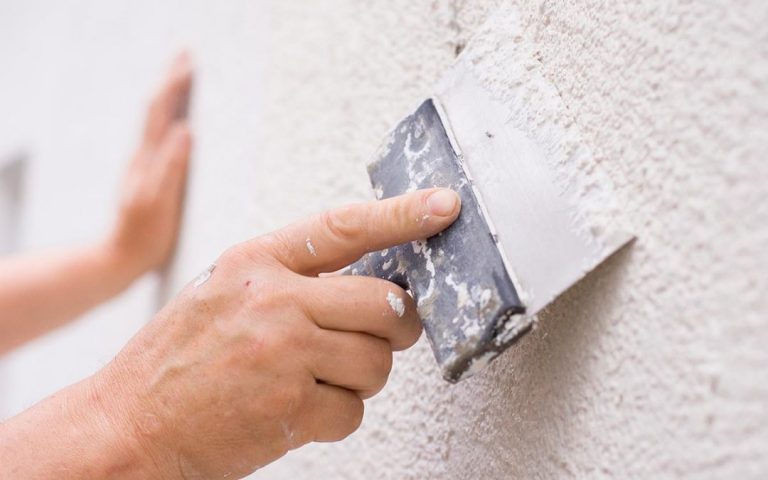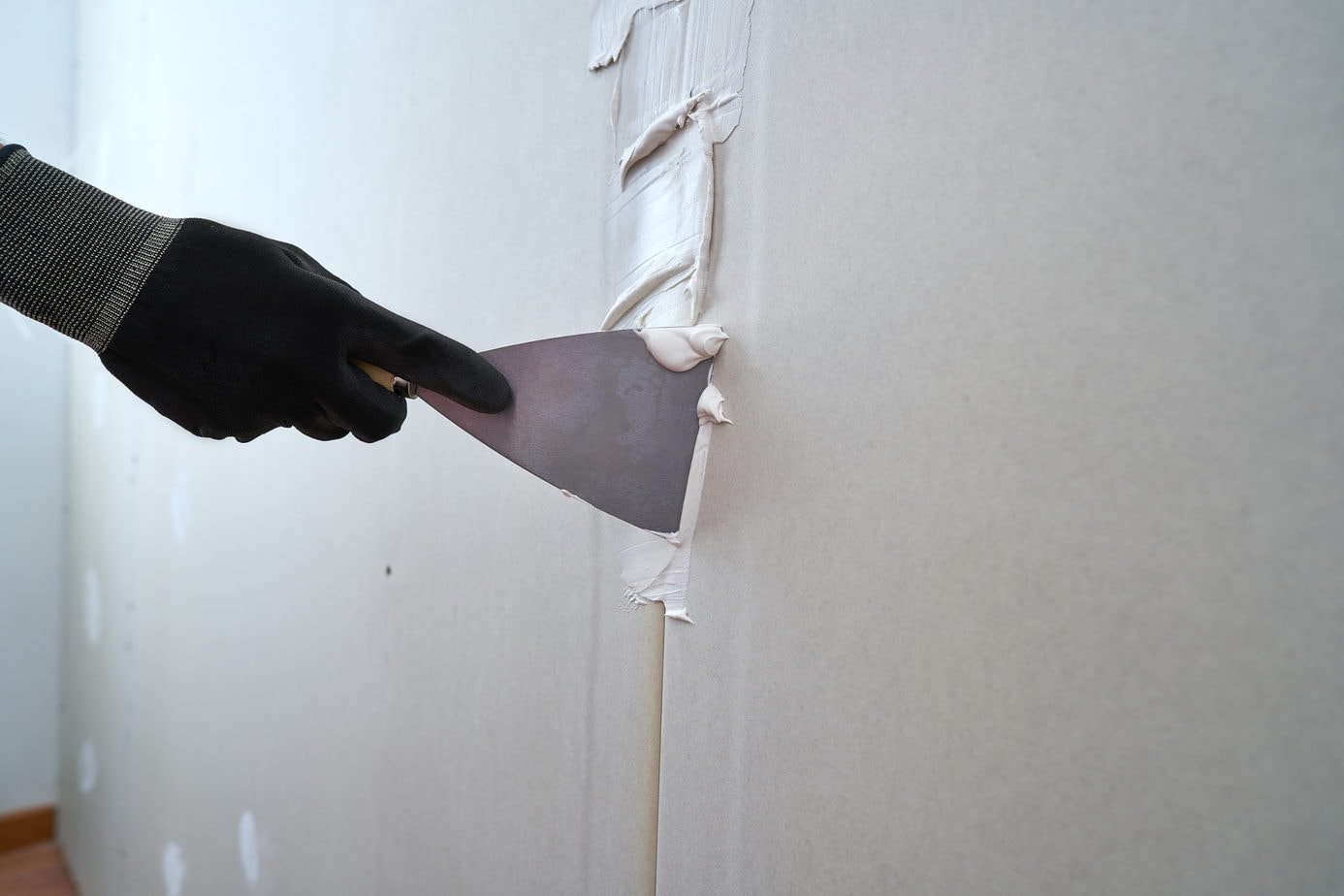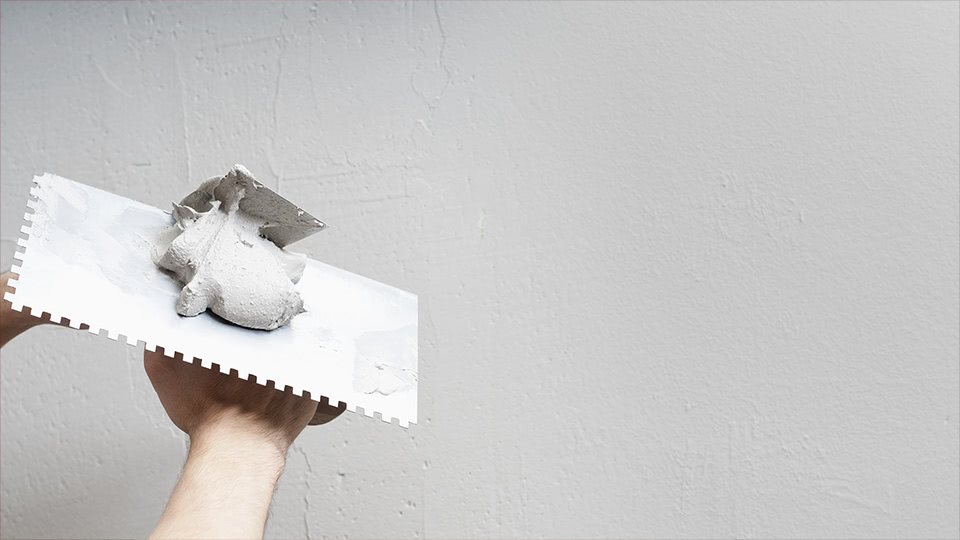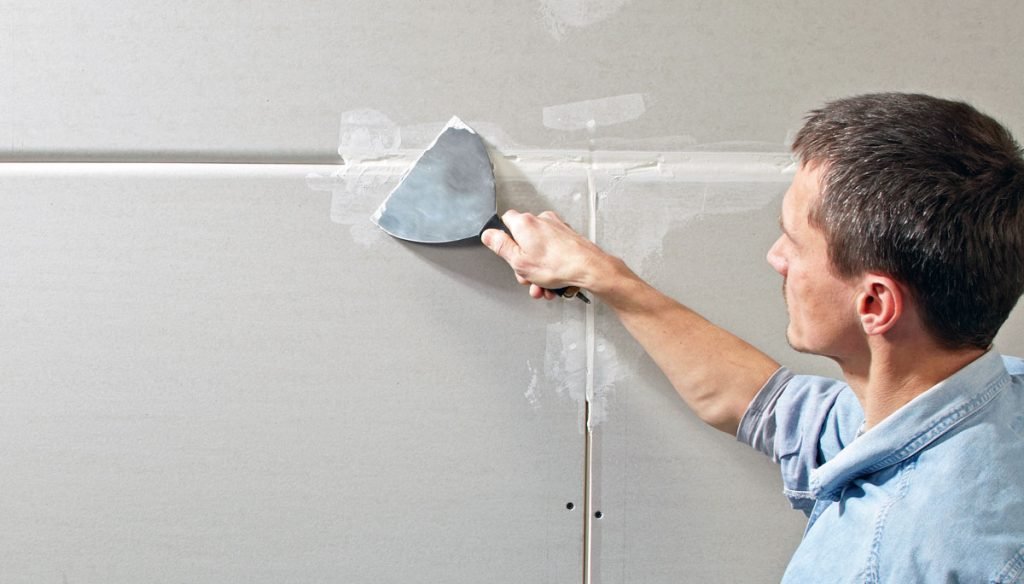


Get the ease of maintenance that comes with drywall because, let’s face it, life happens. With just one layer of the drywall sheet, you can achieve great results. Plastered walls can require multiple layers for a premium finish, but drywalls are the perfect time-saving and cost-efficient solution. Installing drywall on top of an existing plastered wall can help save both time and money when completing remodeling projects due to its fast installation process. Its solid structure and insulation mean air stays in the home, helping you save money on heating and cooling bills. Though plaster walls have been in existence for centuries, drywalling offers a wide range of benefits that make it a superior choice for many projects.ĭrywall can make a real difference to your pocket when it comes to energy costs. Advantages of Drywalling Over Plaster Wallsĭrywalling has become an increasingly popular option for wall installation due to its numerous advantages over conventional plaster walls.
#BEST DRYWALL PLASTER HOW TO#
It’s important to note that even though thicker boards provide added support for heavier finishes, they also add considerable weight onto ceilings or exterior walls, so installation should only be done by experienced professionals who understand how to properly secure them into place. Thicker boards are typically used in buildings with higher fire rating requirements, while thinner boards can be used in non-load bearing partitions or walls like those found inside closets or hallways. The thickness of the blue board can range from 12.5mm or even higher depending on its intended application, such as walls or ceilings that will receive heavier finishes like stucco or mortar coatings. Additionally, the blue board offers excellent sound control properties making it ideal for use in both residential and commercial applications such as hospitals and schools, where acoustic performance plays an important role in creating comfortable environments. This makes the job easier for finishers as well as less time consuming. The treated paper surface reduces the need for sanding because it helps create a more uniform finish after the application of plaster.
#BEST DRYWALL PLASTER INSTALL#
The treated paper helps to create a strong bond with the plaster when it is applied.īlue board drywall is relatively easy to install and requires less treatment beyond taping and mudding for joint edges. This type of drywall comes with specially treated paper on one side and a white face on the other. Blue board is a special type of plasterboard that is designed to accept a plaster finish coat.


When considering the type of drywall to use for plaster, the most common option is the blue board. Here we’ll help prevent headaches down the road by discussing what kind of drywall is best suited for upgrading those plaster walls and exploring the pros & cons of going with drywall over plaster. Plus, with minimal disruption, get your perfect home, all while looking great.īefore you begin, take a minute and look out for potential damage in existing plaster walls as well as any moisture or structural issues that could lead to costly problems. It will cost you less in the long run and will give you improved insulation from heat or sound. Plasterboard drywall is an easy, speedy solution that can transform any space. Go ahead and do the makeover magic with the plasterboard. Ready to transform your dull house into a fashionable and attractive home by covering those outdated plastered walls with drywall? No need for redundant questions like “can I really drywall over plaster?”. Transform Your Home with Stunning Fireplace Wallpaper: A Guide to Choosing, Installing, and Maintaining


 0 kommentar(er)
0 kommentar(er)
